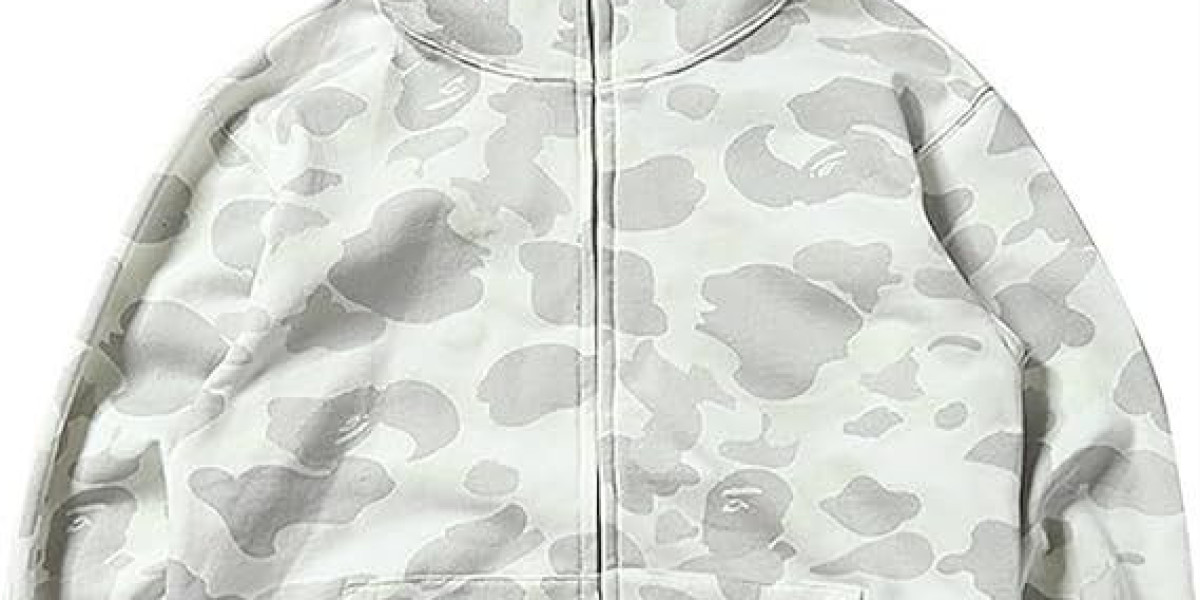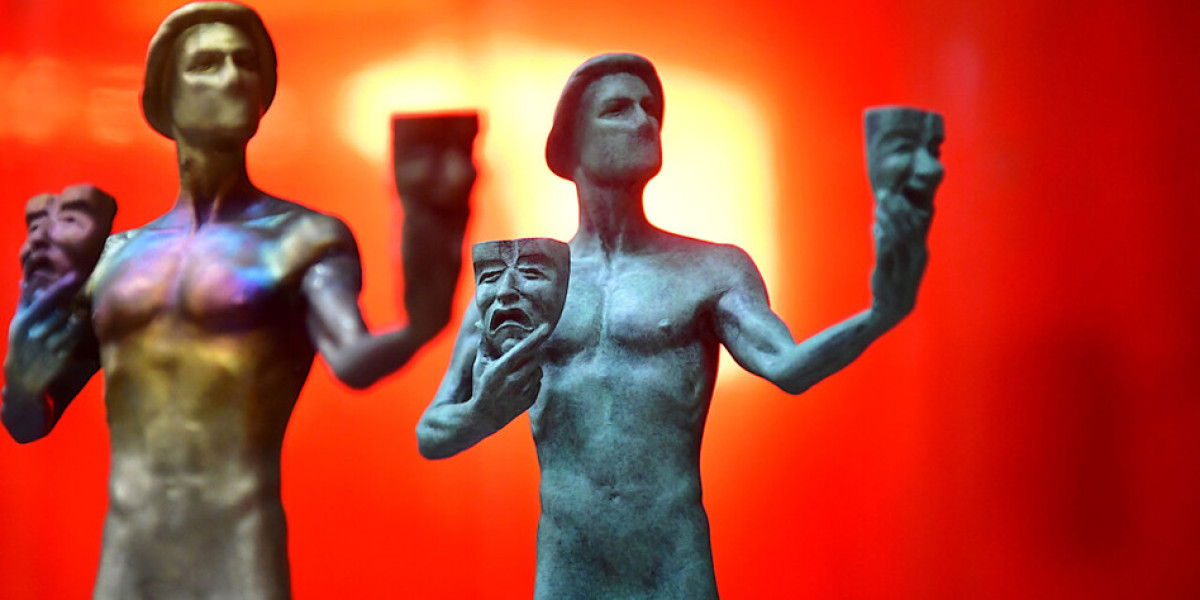In the ever-evolving world of streetwear, few garments have reached the legendary status of the BAPE hoodie. Known for its bold designs, limited drops, and deep connection to hip-hop culture, the BAPE hoodie has transformed from a niche item into a global fashion statement. Born from the innovative mind of Japanese designer Nigo in the early '90s, BAPE (A Bathing Ape) revolutionized urban wear by blending pop culture, luxury fashion, and underground influence into one cohesive brand. At the heart of this brand lies the BAPE hoodie, a piece that speaks volumes without saying a word.
The Origins of the BAPE Hoodie
A Bathing Ape was established in 1993 in Tokyo’s bustling Harajuku district, a place known for its experimental fashion and youth-driven trends. Nigo, the mastermind behind the brand, was heavily influenced by American hip-hop, vintage fashion, and Japanese street culture. He created a label that stood out not just through design, but through exclusivity. The name “A Bathing Ape in Lukewarm Water” alludes to the complacency of youth culture, which Nigo sought to challenge with his unique and often eccentric designs.
Among his earliest and most iconic creations was the BAPE Hoodie. Unlike traditional hooded sweatshirts, this hoodie was loud and visually captivating. Camouflage prints, shark motifs, ape logos, and bright colors set it apart. It was more than just apparel—it became a canvas for self-expression and an instant conversation starter.
Rise to International Fame
The BAPE hoodie didn’t remain a Japanese phenomenon for long. In the early 2000s, the hoodie caught the attention of American rap artists like Pharrell Williams and Kanye West, who embraced the brand’s playful and rebellious energy. Pharrell even partnered with Nigo to launch the Billionaire Boys Club and Ice Cream brands, further bridging the gap between hip-hop and high-end streetwear.
Suddenly, BAPE was on the global radar. Celebrities were photographed in shark hoodies with full-zip faces, college kids lined up for new drops, and collectors hunted limited editions online. The BAPE hoodie became a status symbol—a sign that you were in tune with both music and fashion subcultures.
The Iconic Shark Hoodie
Among BAPE’s many designs, the shark hoodie remains the most iconic. First introduced in 2004, the shark hoodie features a full-zip front that zips all the way up to the top of the hood, revealing a fearsome shark face design. Often adorned with bold letters like “WGM” (World Gone Mad), tiger stripes, and camo patterns, the hoodie is an unmistakable piece that symbolizes both rebellion and high-end taste.
Its shock factor and uniqueness contributed to its cult following. The shark hoodie wasn’t something to blend in—it was meant to stand out. With limited stock and frequent collaborations, it became one of the most sought-after items in streetwear history.
Collaborations and Limited Editions
Part of the BAPE hoodie’s ongoing appeal lies in its ability to stay fresh through strategic collaborations. Over the years, BAPE has teamed up with a wide variety of brands and artists, including Marvel, Adidas, Supreme, Nike, and even luxury powerhouses like Comme des Garçons. These collaborations introduced exclusive versions of the hoodie that merged different worlds—from anime characters to sportswear innovation.
This exclusivity creates a sense of urgency and scarcity that drives hype and demand. For many fans, owning a limited-edition BAPE hoodie is not just a fashion choice but an investment. The resale market for these pieces is booming, with some vintage or rare designs fetching thousands of dollars.
Cultural Impact and Influence
The influence of the BAPE hoodie stretches far beyond just fashion. It represents a cultural shift where youth-led subcultures began shaping the mainstream. What once started as an underground Japanese streetwear label evolved into a global fashion empire, thanks in large part to the hoodie.
The BAPE hoodie has appeared in music videos, magazine covers, social media campaigns, and high-profile events. It has become synonymous with creative rebellion, individuality, and a mix of Eastern and Western influences. Streetwear fans around the world, from New York to Seoul to London, consider BAPE a cornerstone of modern street style.
It also helped set the precedent for modern streetwear marketing. By limiting stock, creating mystery around product drops, and utilizing celebrity endorsements, BAPE pioneered a business model that is now standard in the industry.
Quality and Craftsmanship
While style and hype drive much of BAPE’s appeal, it’s important to note the quality that backs the hoodie. BAPE hoodies are made with thick, premium cotton that maintains structure and softness. The stitching, zipper, and inner lining are built to last, which contributes to their high resale value and collector interest. Each piece is not only visually compelling but also physically durable.
These hoodies aren’t just about looking good—they’re built for longevity. That commitment to craftsmanship is a key reason why BAPE has endured while other streetwear brands have faded.
The Evolution of Streetwear
The BAPE hoodie is more than just clothing; it’s a symbol of how streetwear evolved from a niche underground movement into a mainstream fashion powerhouse. It helped shape a generation of designers and influenced how fashion is consumed today—drop culture, limited releases, and social media-driven hype are all part of its legacy.
It’s also one of the earliest examples of streetwear crossing into luxury territory. The BAPE hoodie paved the way for brands like Off-White, Fear of God, and Yeezy, proving that hoodies could sit on the same shelves as tailored suits and designer handbags.
The Future of the BAPE Hoodie
As fashion trends shift, the BAPE hoodie continues to adapt. Nigo may have moved on to new ventures, such as leading KENZO, but BAPE remains a vital force in the streetwear scene. The brand continues to release new iterations of its iconic hoodies while exploring sustainable production methods and new collaborations.
Whether it’s through nostalgia-driven releases, partnerships with gaming and anime properties, or cutting-edge fashion shows, BAPE remains as relevant as ever. Its hoodies remain in high demand, especially among Gen Z consumers who crave authenticity and self-expression.
Conclusion
The BAPE hoodie is more than a piece of streetwear—it’s a cultural artifact. From its roots in Harajuku to its place in global hip-hop and fashion culture, the hoodie represents a unique blend of design innovation, exclusivity, and cultural significance. Its legacy continues to grow as new generations discover the magic of A Bathing Ape. As long as fashion values individuality and storytelling, the BAPE hoodie will remain a timeless icon.







